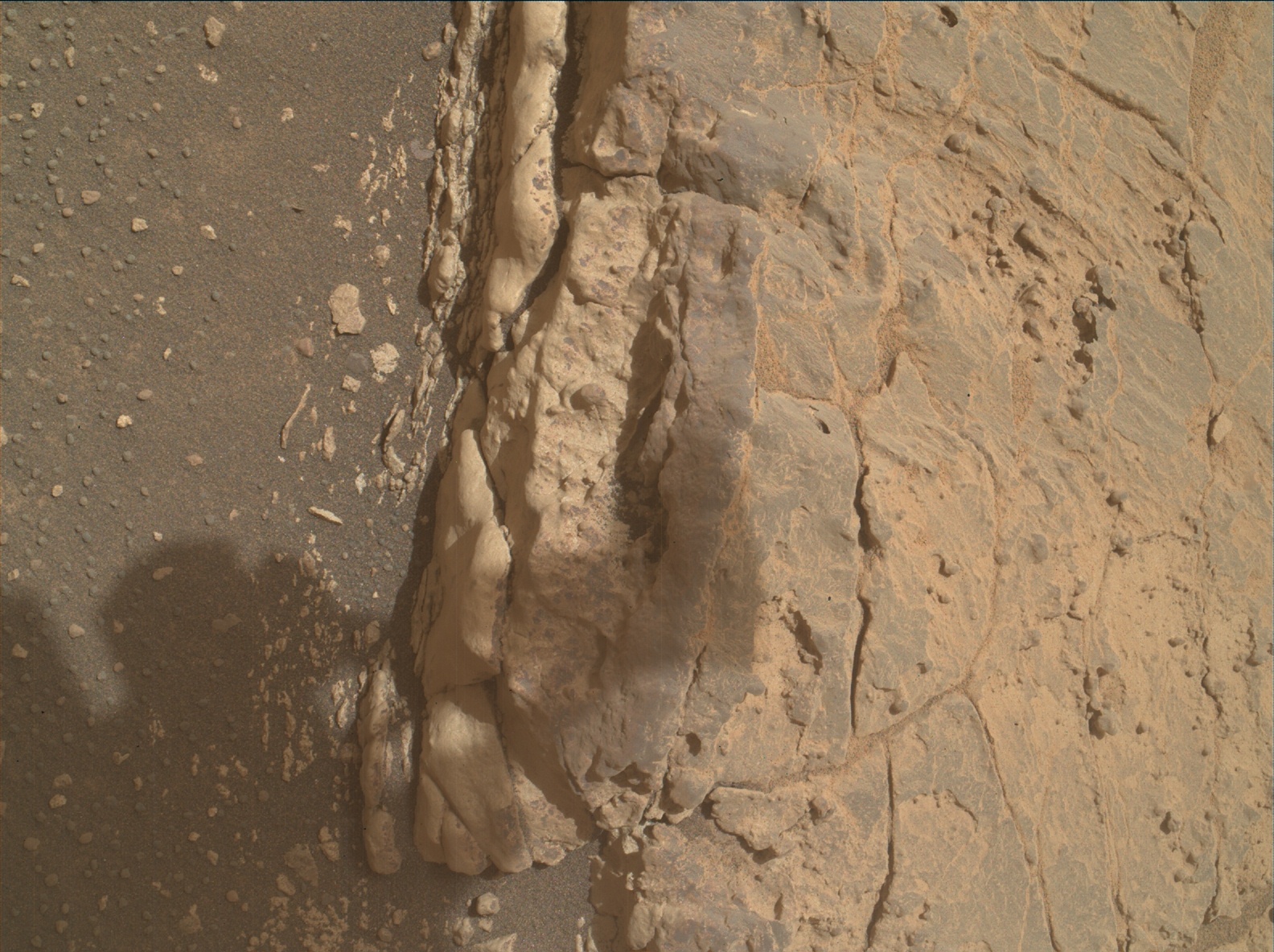Curiosity Navigation Curiosity Home Mission Overview Where is Curiosity? Mission Updates Science Overview Instruments Highlights Exploration Goals News and Features Multimedia Curiosity Raw Images Images Videos Audio More Resources Mars Missions Mars Sample Return Mars Perseverance Rover Mars Curiosity Rover MAVEN Mars Reconnaissance Orbiter Mars Odyssey More Mars Missions The Solar System The Sun Mercury Venus Earth The Moon Mars Jupiter Saturn Uranus Neptune Pluto & Dwarf Planets Asteroids, Comets & Meteors The Kuiper Belt The Oort Cloud 2 min read
Sols 4295-4296: A Martian Moon and Planet Earth 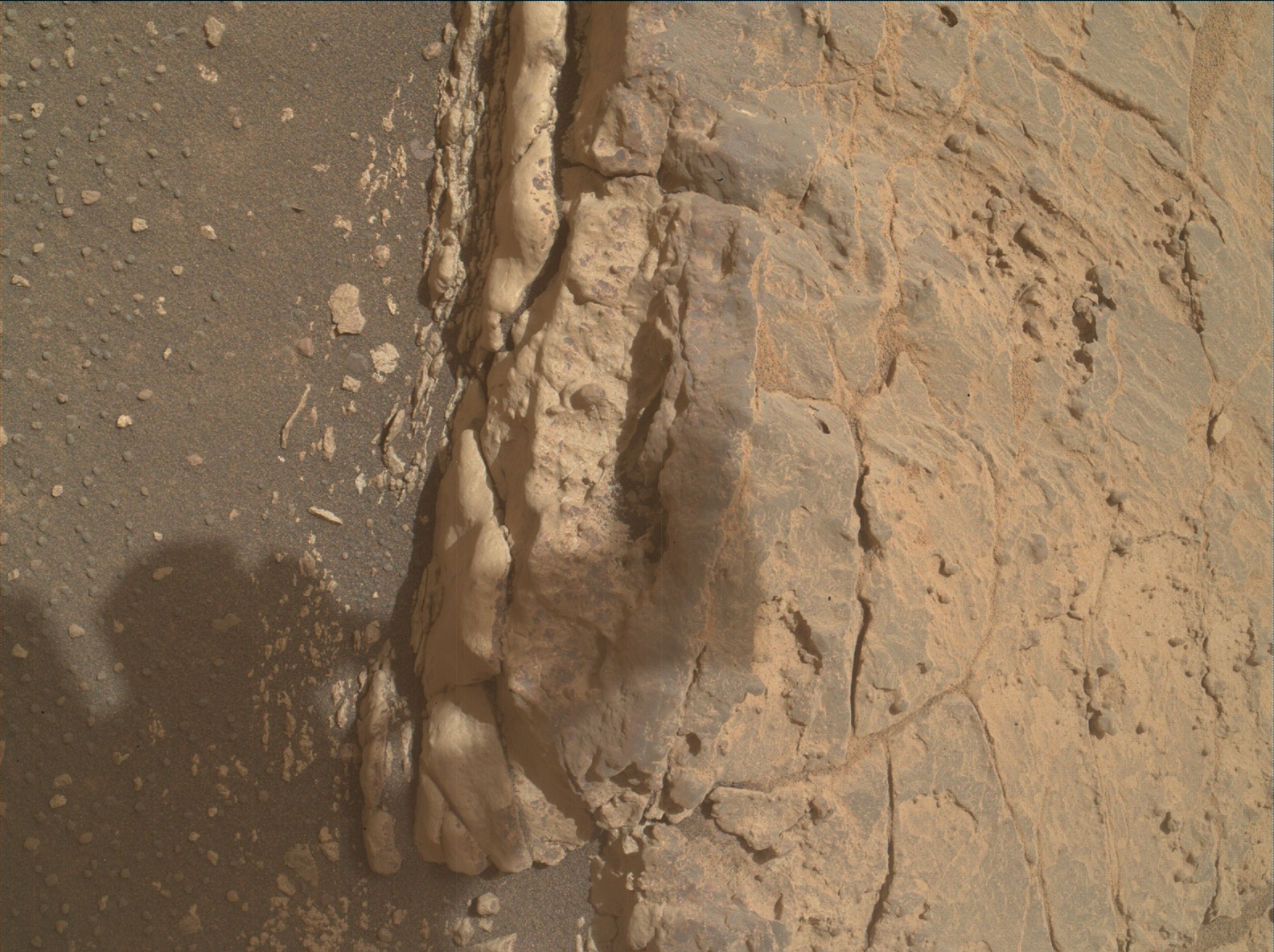 Using an onboard focusing process, the Mars Hand Lens Imager (MAHLI) aboard NASA’s Mars rover Curiosity created this product by merging two to eight images previously taken by the MAHLI, which is located on the turret at the end of the rover’s robotic arm. Curiosity performed the merge on Sept. 4, 2024, at 06:30:48 UTC — sol 4294, or Martian day 4,294 of the Mars Science Laboratory mission. The onboard focus merge is sometimes performed on images acquired the same sol as the merge, and sometimes using pictures obtained earlier. Focus merging is a method to make a composite of images of the same target acquired at different focus positions to bring as many features as possible into focus in a single image. The MAHLI focus merge also serves as a means to reduce the number of images sent back to Earth. Each focus merge produces two images: a color, best-focus product and a black-and-white image that scientists can use to estimate focus position for each element of the best-focus product. So up to eight images can be merged, but the number of images returned to Earth is two. NASA/JPL-Caltech/MSSS Earth planning date: Wednesday, Sept. 4, 2024
Using an onboard focusing process, the Mars Hand Lens Imager (MAHLI) aboard NASA’s Mars rover Curiosity created this product by merging two to eight images previously taken by the MAHLI, which is located on the turret at the end of the rover’s robotic arm. Curiosity performed the merge on Sept. 4, 2024, at 06:30:48 UTC — sol 4294, or Martian day 4,294 of the Mars Science Laboratory mission. The onboard focus merge is sometimes performed on images acquired the same sol as the merge, and sometimes using pictures obtained earlier. Focus merging is a method to make a composite of images of the same target acquired at different focus positions to bring as many features as possible into focus in a single image. The MAHLI focus merge also serves as a means to reduce the number of images sent back to Earth. Each focus merge produces two images: a color, best-focus product and a black-and-white image that scientists can use to estimate focus position for each element of the best-focus product. So up to eight images can be merged, but the number of images returned to Earth is two. NASA/JPL-Caltech/MSSS Earth planning date: Wednesday, Sept. 4, 2024
Today’s two-sol plan contains the usual science blocks filled with contact science and remote science to observe and assess the geology surrounding us. However, the Mastcam team is hoping to capture a special celestial event above the Martian skyline as one of Mars’ moons, Phobos, will be in conjunction with Earth on the evening of the first sol of this plan. So everyone look up, and smile for the camera!
Coming back to our beautiful workspace, in this plan there is a focus on targeting the different colors and tones we can see in the bedrock with our suite of instruments. In the image above we can see some of these varying tones — including gray areas, lighter-toned areas, and areas of tan-colored bedrock — with an image from the MAHLI instrument, Curiosity’s onboard hand lens.
APXS is targeting “Campfire Lake,” a lighter-toned area, and “Gemini,” a more gray-toned area situated in front of the rover. MAHLI is taking a suite of close-up images of these targets too. ChemCam is then taking two LIBS measurements of “Crazy Lake” and “Foolish Lake,” both of which appear to have lighter tones. Mastcam is documenting this whole area with a workspace mosaic and an 8×2 mosaic of “Picture Puzzle,” named after the rock in the image above that was taken during the previous plan. Mastcam will also be capturing a 6×3 mosaic of an outcrop named “Outguard Spire” that has an interesting gray rim. Looking further afield, ChemCam has planned a long-distance RMI image of the yardang unit and Navcam is taking a suprahorizon movie and dust-devil survey for our continued observations of the atmosphere to round out this plan.
Written by Emma Harris, Graduate Student at Natural History Museum, London
Details Last Updated Sep 05, 2024 Related Terms Blogs
Keep Exploring Discover More Topics From NASA Mars
Mars is the fourth planet from the Sun, and the seventh largest. It’s the only planet we know of inhabited…

Explore this collection of Mars images, videos, resources, PDFs, and toolkits. Discover valuable content designed to inform, educate, and inspire,…
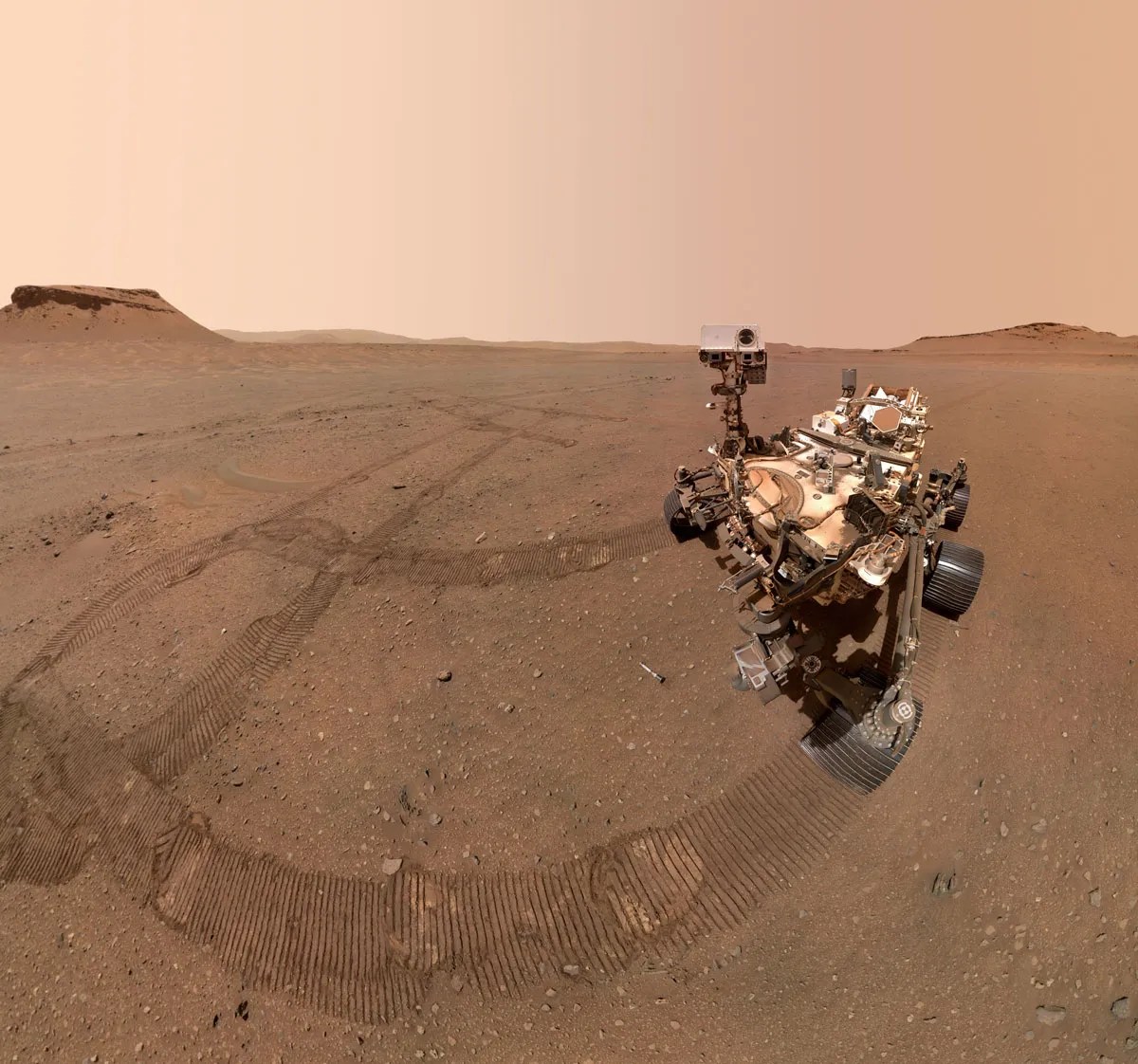
Each robotic explorer sent to the Red Planet has its own unique capabilities driven by science. Many attributes of a…
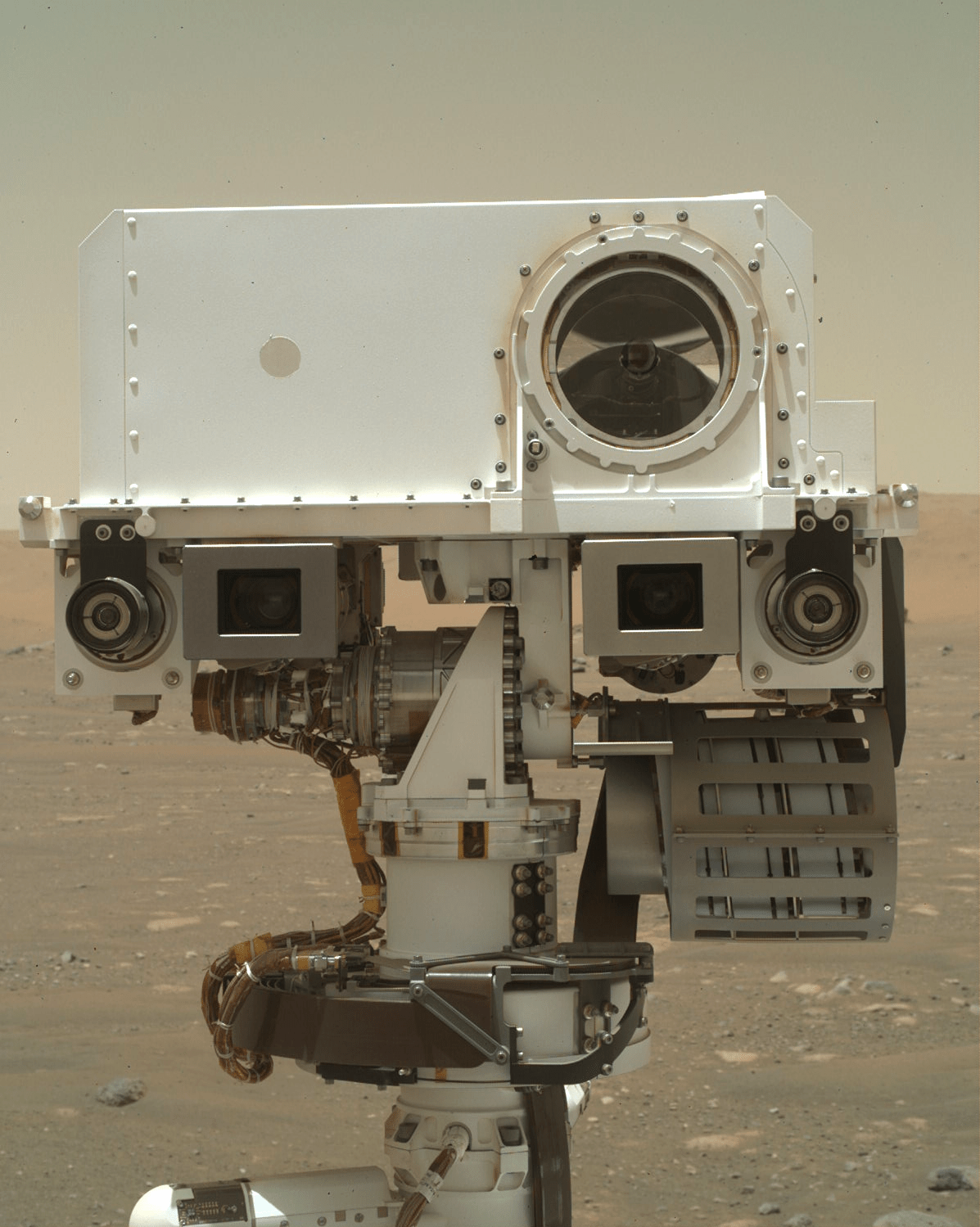
Mars Exploration: Science Goals
The key to understanding the past, present or future potential for life on Mars can be found in NASA’s four…
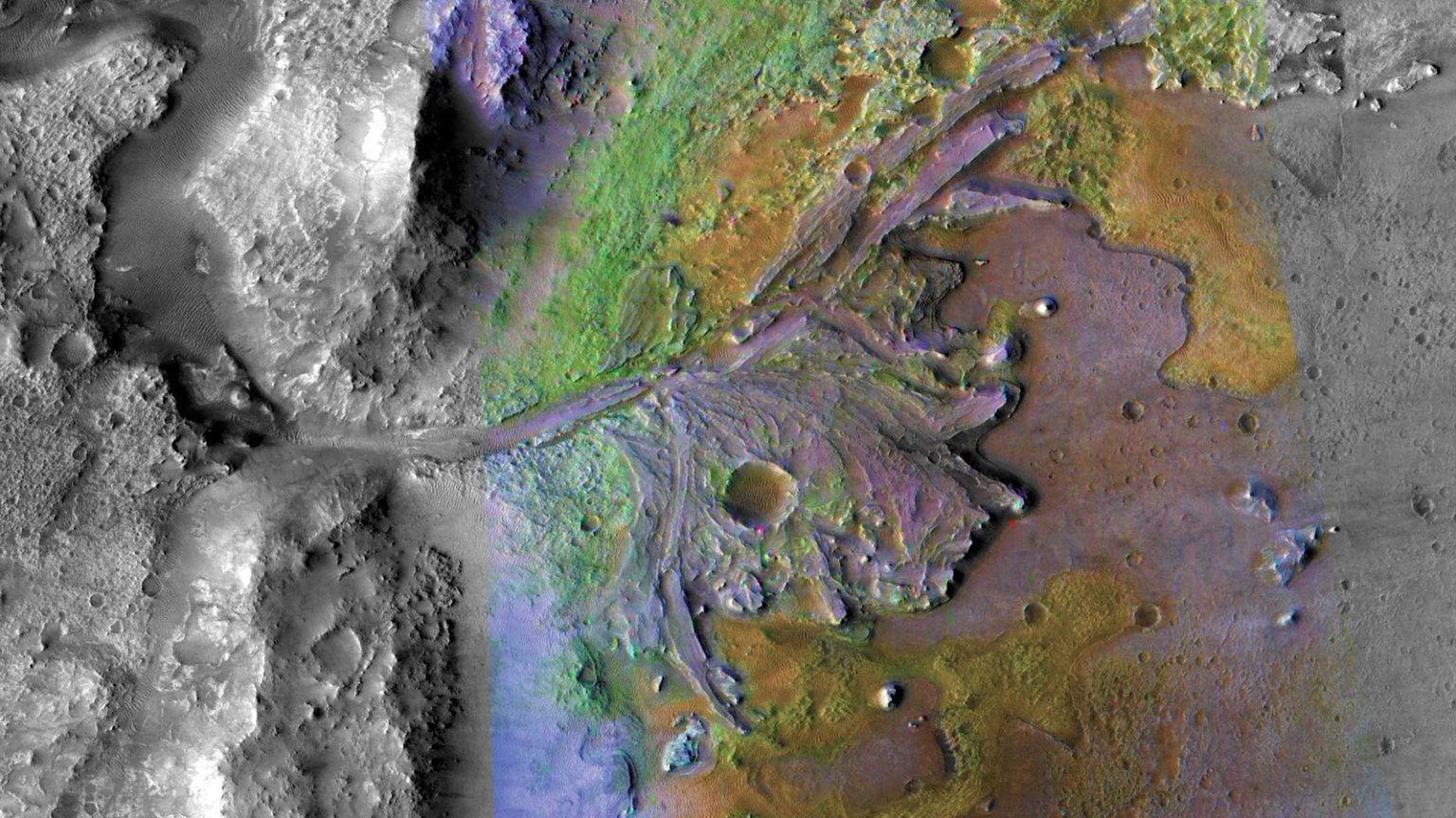

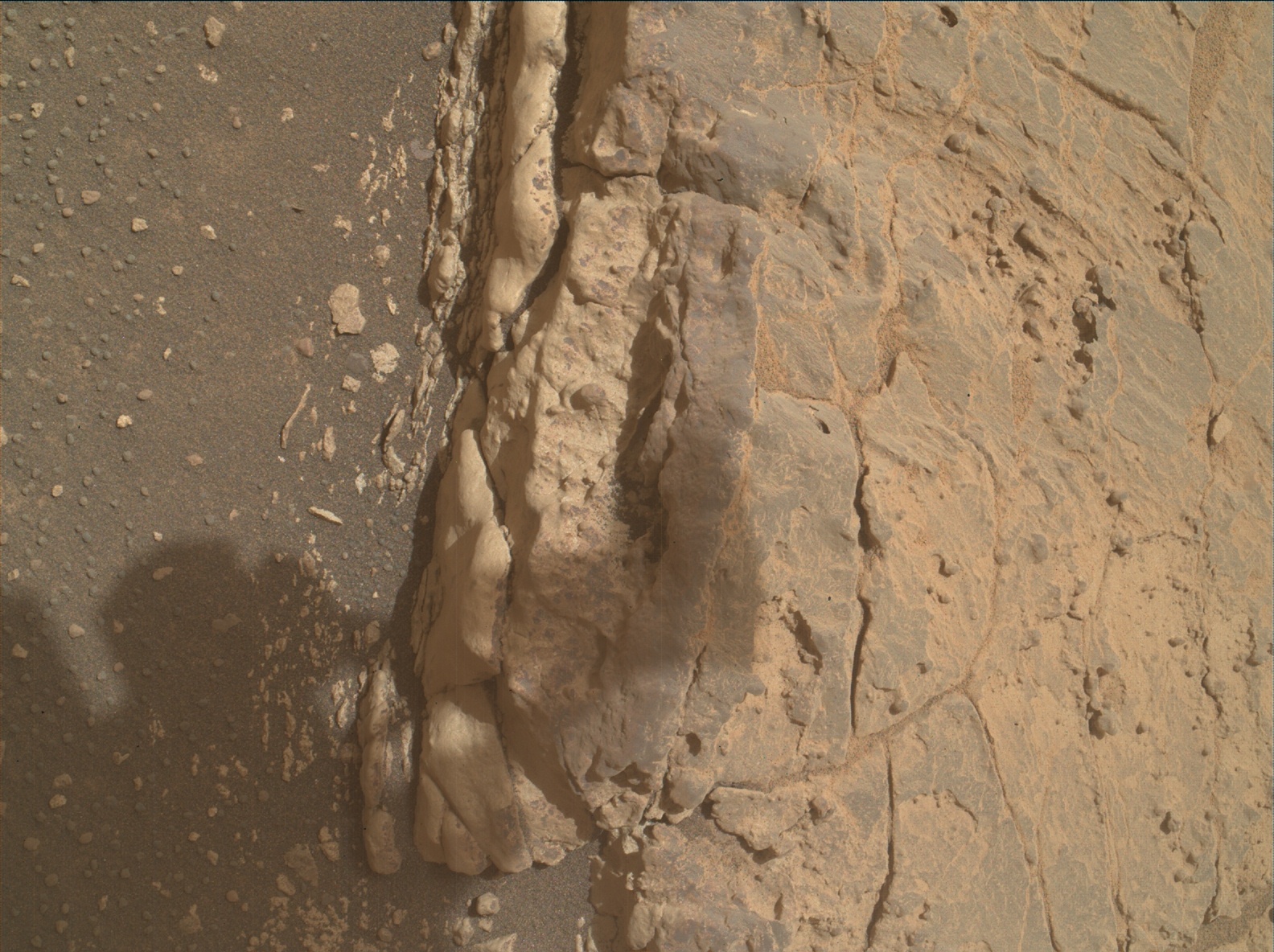
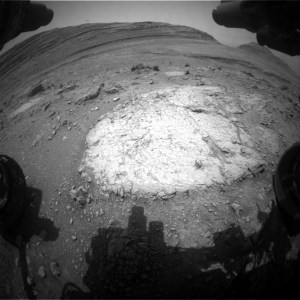 2 min read Sol 4294: Return to McDonald Pass
2 min read Sol 4294: Return to McDonald Pass
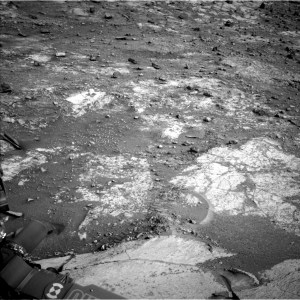 3 min read Sols 4291-4293: Fairview Dome, the Sequel
3 min read Sols 4291-4293: Fairview Dome, the Sequel
 3 min read Behind the Scenes at the 2024 Mars 2020 Science Team Meeting The Mars 2020 Science Team meets in Pasadena for 3 days of science synthesis
3 min read Behind the Scenes at the 2024 Mars 2020 Science Team Meeting The Mars 2020 Science Team meets in Pasadena for 3 days of science synthesis
